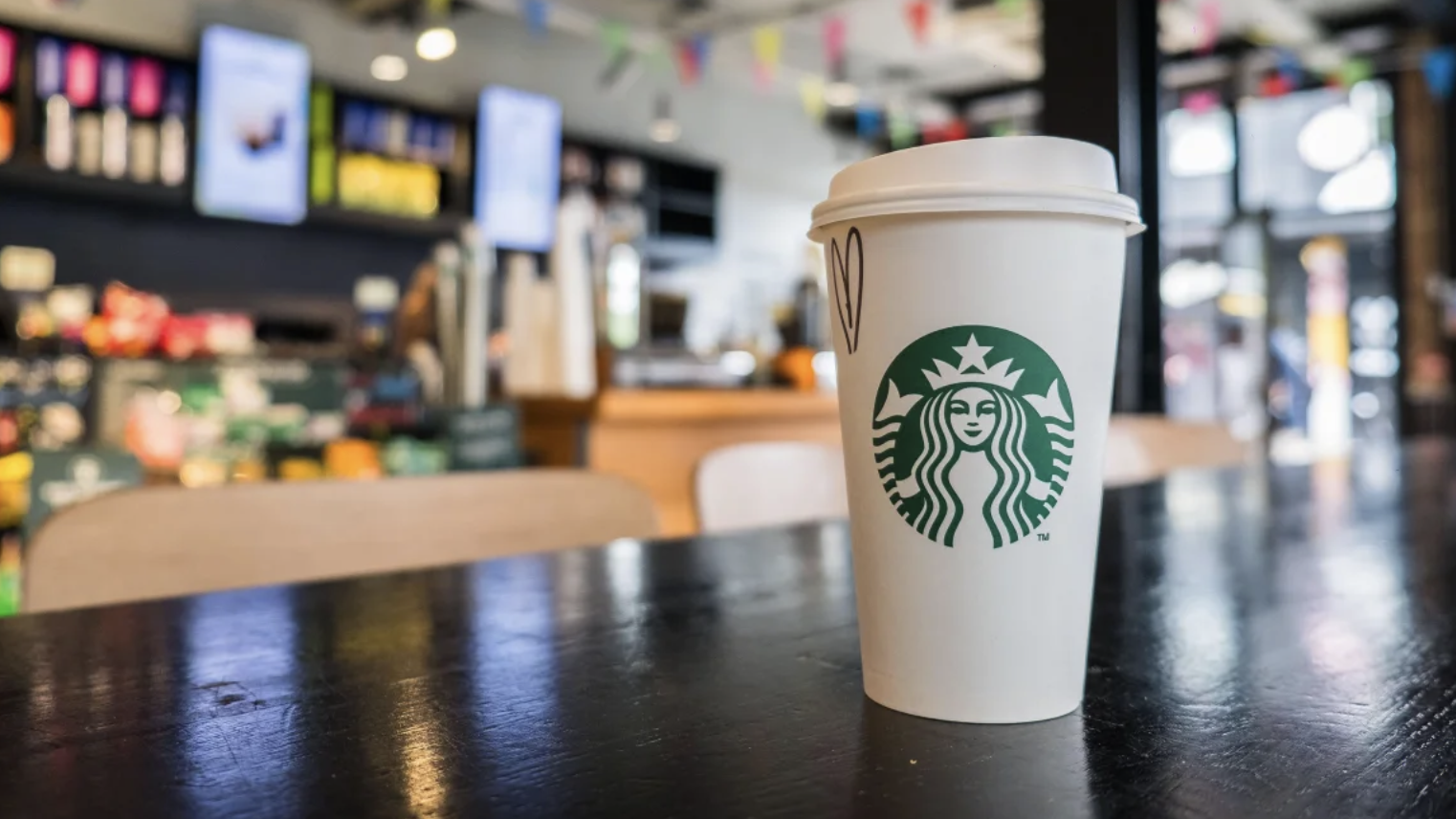Controversy.
Inauthenticity at Starbucks.
Starbucks tells you to seize the day - but do they mean it? As part of new CEO Brian Niccol’s strategy to bring back the community coffeehouse 20,000 sharpie pens have been ordered so Baristas can write on the fly, real-time, semi-personalised messages on customer’s coffee cups.
Direction: Slow the pace it may, but bring back the human touch it must.
“When we venture into an automated, forced human touch we tread on dangerous ground. Marketing becomes inauthentic.”
In principle, the idea is not a bad one. Unexpected delights or random acts of kindness are marketing tactics of excellence, hitting the sweet spot of surprise, connection and loyalty. However, when we venture into an automated, forced human touch we tread on dangerous ground. Marketing becomes disingenuous, inauthentic and loses its power.
Starbucks’ advertising campaign Not My Name has ironically only aided the perception of automation and removed the element of surprise. Then there is the backlash - Baristas stressed by the increased work, flirting accusations and inappropriate messages. It makes my head spin just contemplating how to measure the incremental impact of this tactic. An A/B split of like-for-like Starbucks control vs cup-writing, with a dwell time and/or same-visit repeat buy is the KPI way - but how to measure this effectively at scale?
If the ultimate challenge is to increase sales with an increase in human connection, what drives customers vs what causes them to stay must be pulled apart.
They are driven by expertise (craft), taste (product), environment, personality (brand), rewards, price, speed and location. They stay for experience. Does forced cup-writing fit into experience? If it causes a smile, it cannot be bad. If it impacts experience, it should not be entertained.
As for a final verdict, I’m not so sure - but if I ever do get one, please let it say “small but mighty”. That would make my day.
